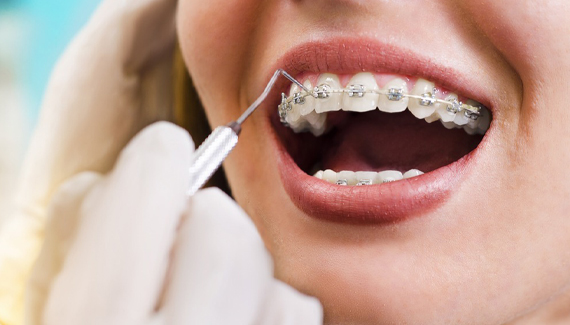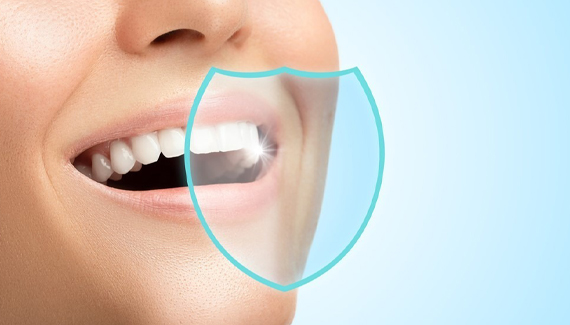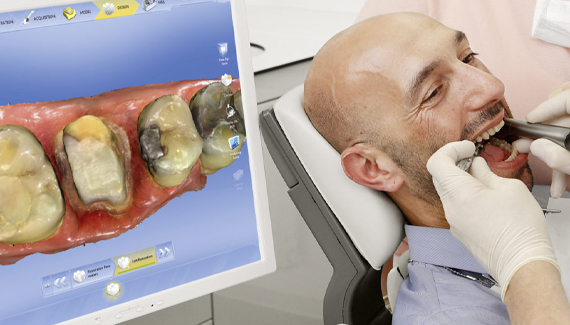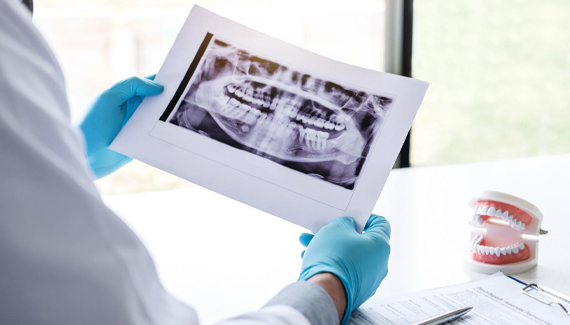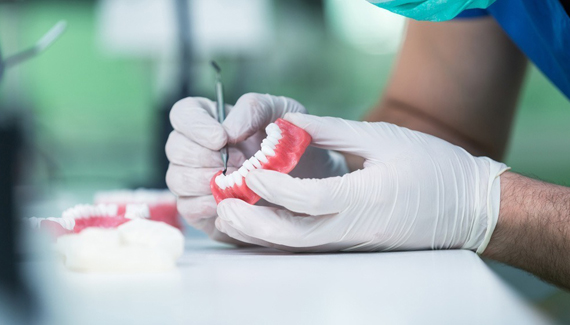
MELSADENT
Under the enamel and dentin layers of the tooth, there is a section called “pulp”, which contains the vascular and nerve bundle that ensures the vitality of the tooth. This section, called the “pulp chamber” in the crown of the tooth, extends to the end of the tooth roots. If the pulp becomes inflamed for any reason, the nerve of the tooth must be removed, the canals sterilized and then filled.
Patients who need root canal treatment usually come to us with complaints of pain and sensitivity to heat. In such cases, the patient feels pain when the tooth is tapped (percussion). In cases that are not symptomatic by pain in any way, the tooth is dead and there is a lesion formation at the root tip. Such cases are diagnosed by the formation of an abscess (facial swelling) or by taking X-rays. In addition to classical radiographs, digital radiographs are used at every stage of treatment in our clinic.
Root canal treatment is performed under local anesthesia and no pain is felt. An entrance is made to the root part of the tooth in the jawbone, through a cavity (cavity) opened to the nerve layer (pulp) of the tooth from the crown part of the tooth visible in the mouth. The nerves of the tooth are located in the canals in the root part. Our teeth can have 1, 2, 3 channels, some of our teeth even have more than normal number of channels. The root canal treatment process is the process of removing the nerves, shaping the channels and purifying them from microorganisms and then filling the expanded channels. Afterwards, the crown of the tooth is restored according to the extent of the damage and the tooth is maintained aesthetically and functionally.




